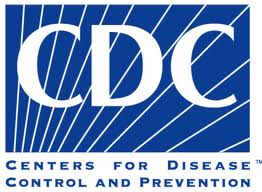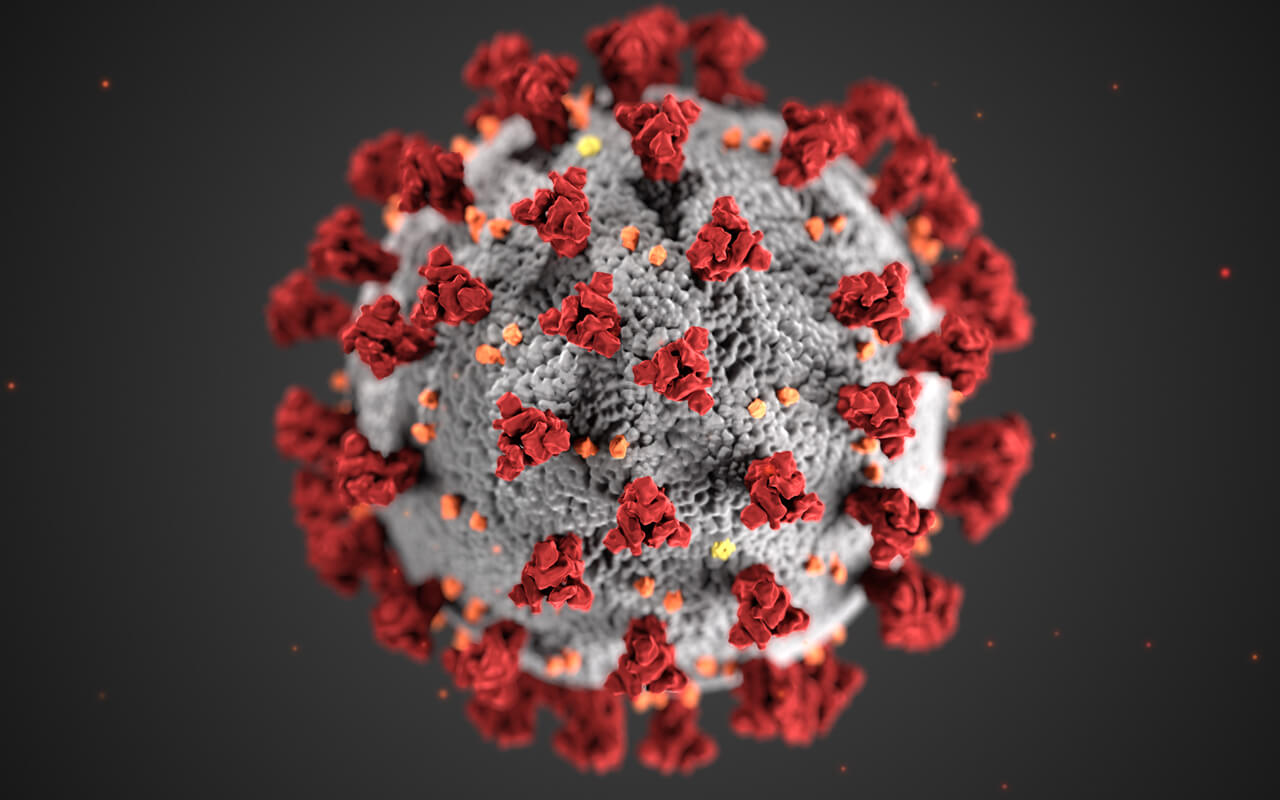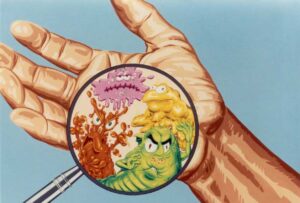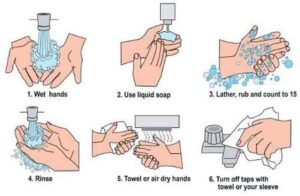Introduction
This Straight, No Chaser addresses flu myths and address a few frequently asked questions. Every year 36,000 people die and over 200,000 are hospitalized each year due to the flu—in the U.S. alone. If you’re not getting a vaccine every year, you are subjecting yourself to a significantly higher risk and allowing fears and myths to get the better of you. Knowledge is power. Learn the facts.
Every year 36,000 people die and over 200,000 are hospitalized each year due to the flu—in the U.S. alone. If you’re not getting a vaccine every year, you are subjecting yourself to a significantly higher risk and allowing fears and myths to get the better of you. Knowledge is power. Learn the facts.
Does the flu shot give you the flu?
No, no, no. The influenza vaccine cannot cause flu illness. There are vaccines that involve the delivery of live virus, including mumps, measles, rubella, chicken pox and polio. Influenza is not in that category. Flu shots are made in one of two ways. They can be made with ‘inactivated’ vaccine viruses that are not infectious. Alternatively, they contain no flu vaccine viruses at all (and instead have recombinant particles that serve to stimulate your immune system).
The most common side effects from the influenza vaccines are pretty minor things. This include soreness, redness, tenderness or swelling where the shot was given. Low-grade fever, headache and muscle aches also may occur. These symptoms are among the same symptoms you see with influenza, so it’s easy to confuse them as flu symptoms. They are not.
Controlled medical studies have been performed on humans in which some people received flu shots and others received shots containing salt water. There were no differences in symptoms other than increased redness and soreness at the injection site for those receiving influenza vaccine. The flu shot does not give you the flu.
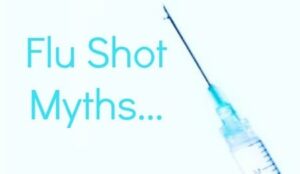
I swear I’ve gotten the flu right after getting the flu shot! How is that possible if I can’t get the flu from the flu shot?
I always remind people that the flu vaccine does an even better job of preventing you from dying from the flu than it does in preventing you from catching the flu (and it does that at a 70–90% rate). It primes your immune system to better fight off the influenza virus when you’re exposed to it.
There are several reasons why someone still might get a flu-like illness after being vaccinated against the flu:
- Influenza is just one group of respiratory viruses. Many other viruses cause similar symptoms. Most notable of these is the common cold, which is also most frequently seen during “flu season.” The flu vaccine only protects against influenza. Any other infection timed correctly can give you similar symptoms.
- When you get immunized against influenza, it takes the body up to two weeks to obtain the desired level of protection. There is nothing preventing you from having been infected before or during the period immediately before immunity sets in. Such an occurrence will result in your obtaining the flu despite being vaccinated.
Two More Reasons!
- An additional reason why some people may experience flu-like symptoms despite getting vaccinated is that they may have been exposed to a strain of influenza that is different from the viruses against which the vaccine is designed to protect. The ability of a flu vaccine to protect a person depends largely on the match between the viruses selected to make the vaccine and those causing illness among the population that same year.
- It is also the case that the flu vaccine doesn’t always provide adequate protection against the flu. This is more likely to occur among people who have weakened immune systems or people age 65 and older. Even if the vaccine is 90% effect, some individuals will contact the flu despite having been vaccinated.
Please don’t get the wrong message from this section. These explanations are the exceptions, not the rule. In the overwhelming number of cases, the influenza vaccine does an excellent job of protecting against and prevent disease from the influenza virus.
Is it better to get the flu than the flu vaccine?
No. Influenza causes tens of thousands of deaths every year. If you have asthma, diabetes, heart disease or are especially young or old, you are placing yourself at significant risk by not getting vaccinated. Even if you aren’t in one of the above categories and are otherwise healthy, a flu infection can cause serious complications, including hospitalization or death.

Why do I need a flu vaccine every year?
The Center for Disease Control and Prevention (CDC) recommends a yearly flu vaccine for just about everyone six months and older. Once vaccinated, your immune protection decreases over time. These boosters are scheduled and dosed to help you maintain the best level of protection against influenza. Additionally, the virus mutates (changes) every year. This means what covers you this year may not apply next year.
You can make a decision not to get vaccinated. However, that flies in the face of any reasonable risk/benefit analysis. Also, not getting vaccinated runs against the solid consensus of medical evidence and research. The evidence is so one-sided toward the benefit of getting immunized that you should seriously question the motives or knowledge of someone who suggests that you should not get vaccinate for influenza. This is especially true for those involved in healthcare. Get vaccinated.
Follow us!
Ask your SMA expert consultant any questions you may have on this topic. Also, take the #72HoursChallenge, and join the community. Additionally, as a thank you, we’re offering you a complimentary 30-day membership at www.72hourslife.com. Just use the code #NoChaser, and yes, it’s ok if you share!
Order your copy of Dr. Sterling’s books There are 72 Hours in a Day: Using Efficiency to Better Enjoy Every Part of Your Life and The 72 Hours in a Day Workbook: The Journey to The 72 Hours Life in 72 Days at Amazon or at www.jeffreysterlingbooks.com. Another free benefit to our readers is introductory pricing with multiple orders and bundles!
Thanks for liking and following Straight, No Chaser! This public service provides a sample of http://www.SterlingMedicalAdvice.com (SMA) and 844-SMA-TALK. Likewise, please share our page with your friends on WordPress! Also like us on Facebook @ SterlingMedicalAdvice.com! Follow us on Twitter at @asksterlingmd.
Copyright © 2018 · Sterling Initiatives, LLC · Powered by WordPress






